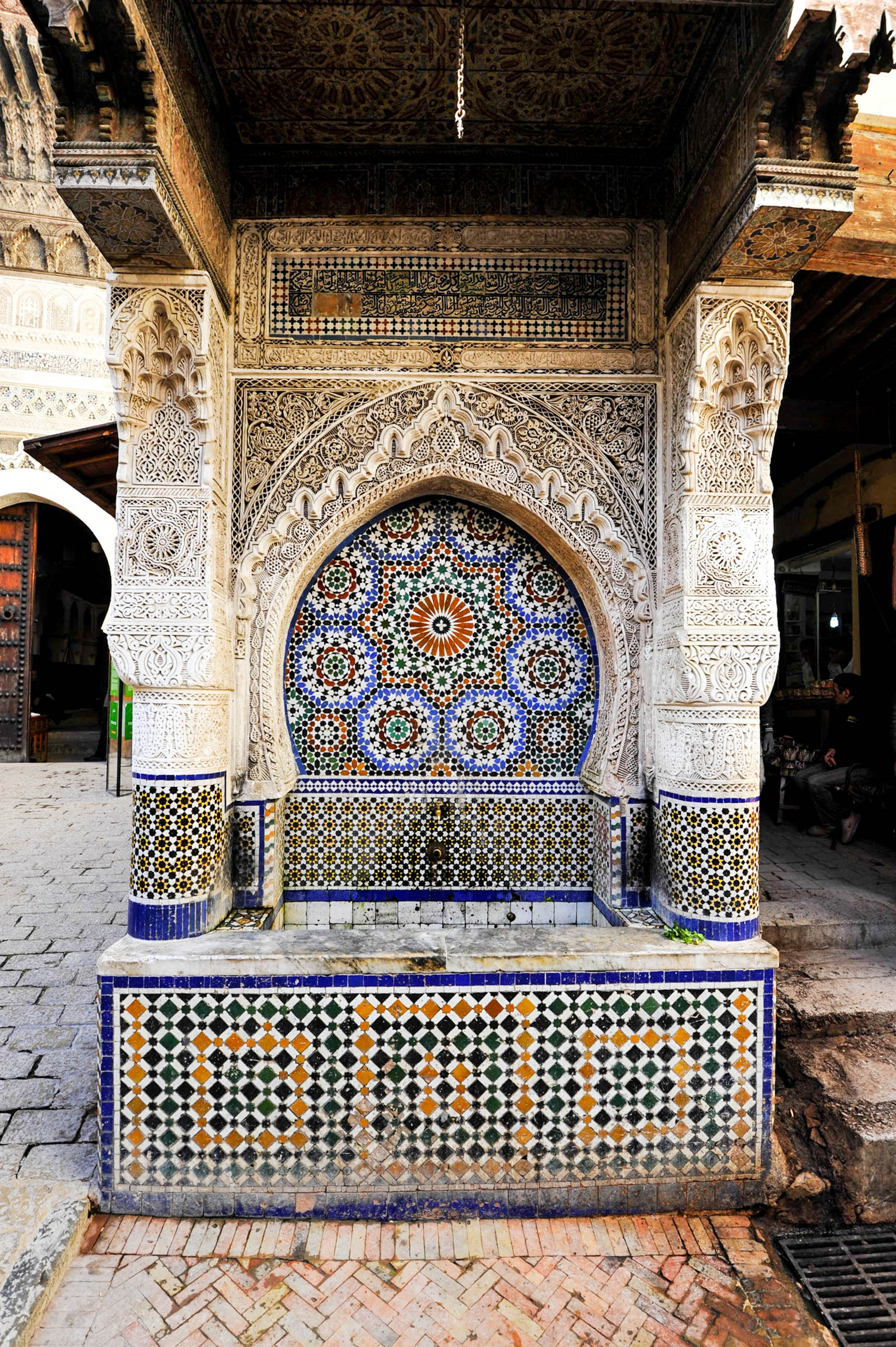
The plan was developed with a participatory and concerted approach with all concerned stakeholders and has initiated projects to protect and preserve water resources while supporting the city’s socio-economic development of the city.ĭrinking water supply is mainly provided by groundwater from the Saiss aquifer. A specific plan for the city of Fez has also been included in the PDAIRE. The Master Plan for the Integrated Management of Water Resources in the Sebou Basin (PDAIRE) focuses on the sustainable management of water resources in the Sebou basin including the issues of water security, flooding and pollution issues within the city and the wider catchment. Incentives through grants and financial aids of the State. – Financial contribution from the State enabled the achievement of many projects

Fez industrial pollution control program – Master Plan for the Integrated Management of Water Resources in the Sebou Basin (PDAIRE) – Enable exchange of both knowledge and skills to be able to adopt the best practices – Build the knowledge and technical capability of all the parties within the city Development of a master IWRM plan in collaboration with all parties – A cooperative approach with all parties to pool efforts The sustainable management of water resources through technical and institutional reinforcement Water releases from upstream dams to dilute pollution.Degradation of irrigation water quality along the river.This has led to pollution of the Sebou River which impacts water use downstream including: The industrial pollution has seriously inhibited the functioning and efficiency of the WWTP as there is little treatment prior to discharge. Industries such as tanneries, copper workshops and oil mills do not have treatment or pre-treatment systems meaning that there are fluctuating pollutant loads, and serious pollutants such as heavy metals entering the environment. The treatment of accumulated sludge is through belt filters, and a biogas system has also been set up to provide the energy needed for the WWTP facilities. The purification efficiency of this wastewater treatment plant (WWTP) varies depending on level of industrial activity. Since 2014, an activated sludge treatment plant is treating the wastewater. In addition to the water supply network, RADEEF manages an urban wastewater collection network, with a connection rate of about 90%. Therefore, alternative solutions must be put in place using surface water from the Sebou River, although industrial pollution from local industries is an ongoing problem. However, the overexploitation of this aquifer, which is already in deficit, is impacting security of drinking water supply in Fez. The city’s drinking water supply rate is 100% and is primarily from the Saiss aquifer. The city has a large water supply network managed by the Régie de distribution d’eau et d’électricité de Fès (RADEEF). These measures have benefited from financial support of the FLCN (Fund for Fighting Against Natural Disasters) managed by the Ministry of the Interior. Measures and arrangements for the protection of the population and their property have been set up in partnership between the stakeholders concerned (Ministry of the Interior, Ministry of Public Works, Regions, Local Authorities, Basin Agency, etc.).


The city has experienced excessively violent floods in the past that have caused significant damage, and is further threatened by the effects of climate change. The City of Fez was founded on the banks of the Oued Fez at the confluence of several rivers.


 0 kommentar(er)
0 kommentar(er)
